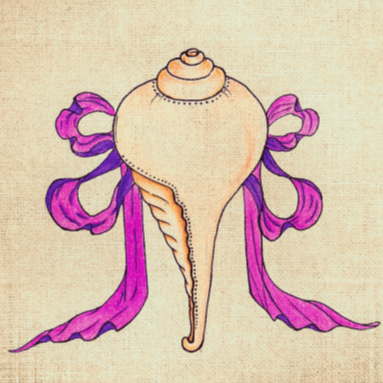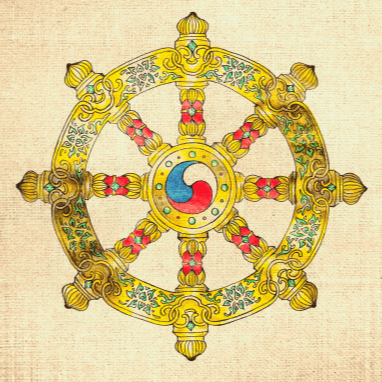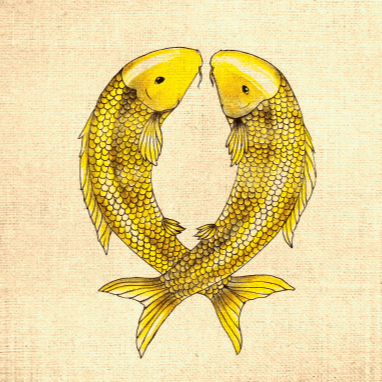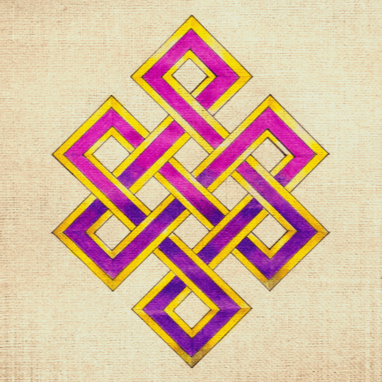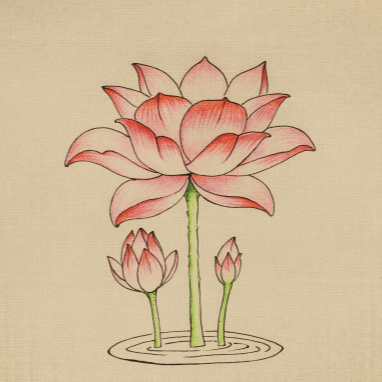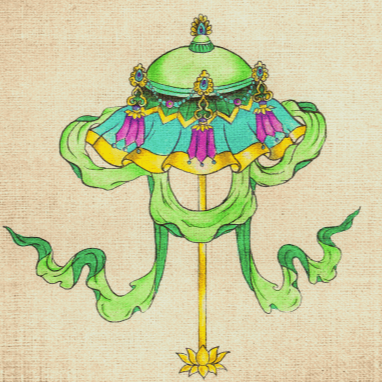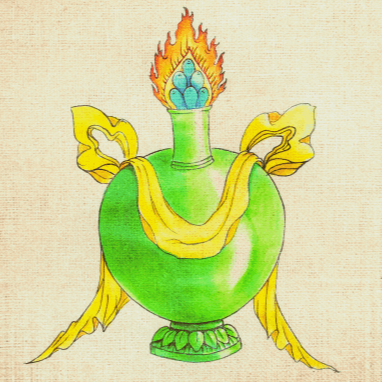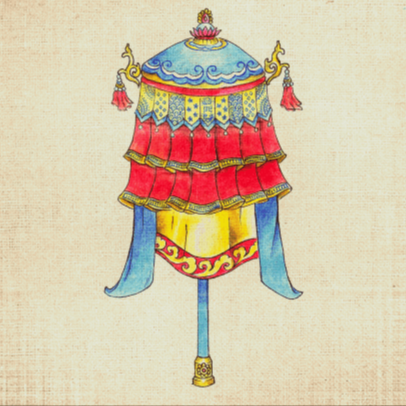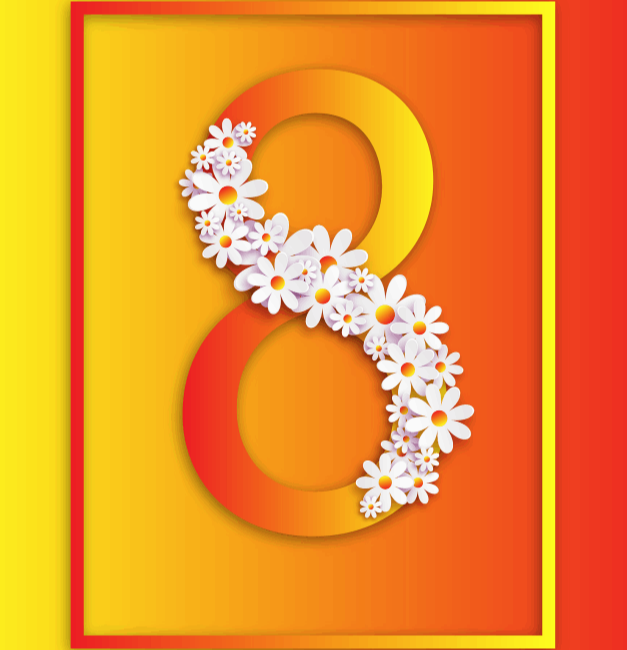1. Conch
In Buddhism a white conch that coils to the right symbolizes the renown of the Buddha’s teachings. Its melodious sound of Dharma reaches far and wide and accords with beings’ different natures, awakening them from the deep lumber of ignorance. It is used in ceremonies and to call together an assembly.
